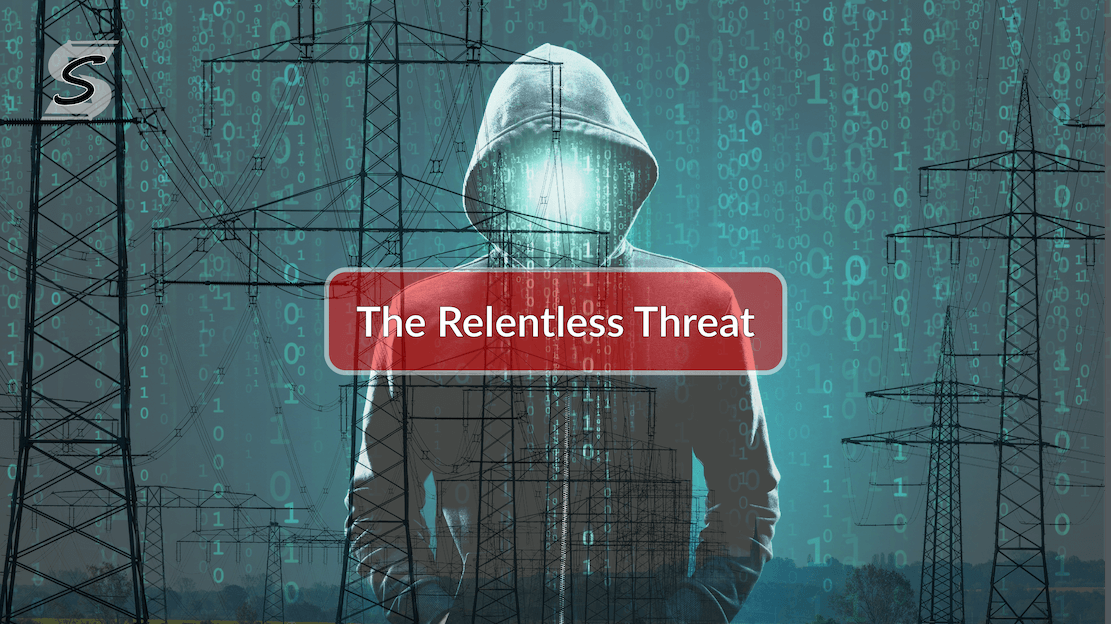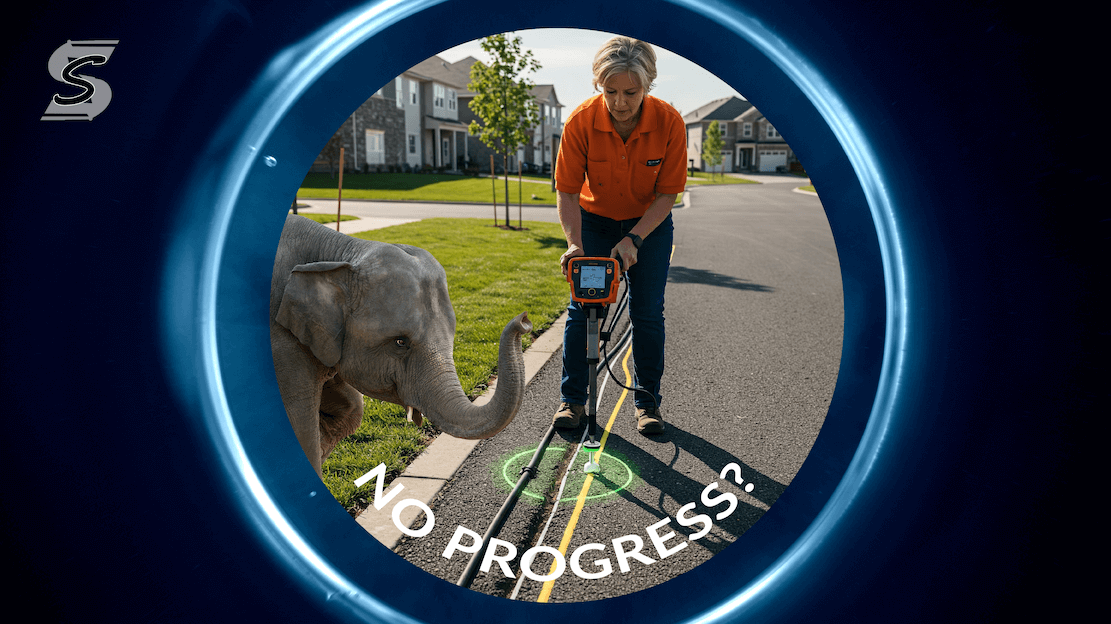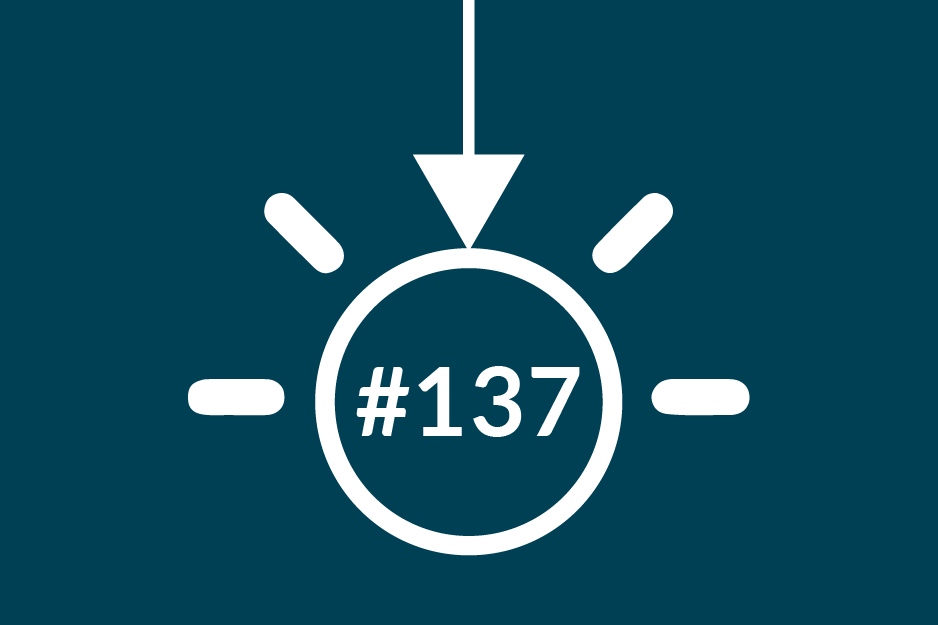
I intially missed this news (though it was probably covered by Utility Alert at the time) but back in January the Department of Energy (DOE) announced $34 million in funding for various projects aimed at reducing the costs and increasing the efficiency and safety of moving power lines underground. This funding is part of the Advanced Research Projects Agency-Energy's (ARPA-E) new initiative called GOPHURRS (Grid Optimization with Phase-Underground Recovery & Resiliency Strategies).
Projects include GE Vernova's robotic tunneling tool, RTX Technology's radar-based line locator, Prysmian Cables' splicing machine, and PNNL's AI for geophysical data processing. $34 million isn’t much in the scheme of government budgets but I thought it would be worth discussing where this money is going and what outcomes we can expect as the damage prevention community. Here’s a PDF from the DOE to explain this latest round from GOPHURRS: PDF
Context
The U.S. power grid includes over 5.5 million miles of lines and more than 180 million power poles, “all of which are susceptible to damage by weather and its effects, and account for a majority of power outages in the country each year,” DOE said. “Undergrounding power lines is a proven way of improving the system reliability for both transmission and distribution grids.” - quotes from Utility Dive. “DOE is supporting teams across the country as they develop innovative approaches to burying power infrastructure underground — increasing our resilience and bringing our aging grid into the 21st Century,” Secretary of Energy Jennifer Granholm said in a statement.
Technologies DOE are investing in
- SPEEDWORM - $3,674,998
GE Vernova Advanced Research has received $3.7 million to develop a robotic worm tunneling construction tool known as Speedworm. Developed by GE Vernova Advanced Research, it is an innovative robotic tunneling tool designed for the rapid and efficient underground installation of power lines. It can dig and install conduit and cables in a single step, potentially being deployed from a standard pickup truck. Speedworm’s efficiency could significantly lower the cost and time required for underground installations. This tool mimics the natural movement of earthworms and tree roots, enabling it to dig and install 1,000 feet of conduit and cable in just two hours. This approach aims to reduce the cost, complexity, and surface disruption typically associated with traditional undergrounding methods. The Speedworm can be deployed from a standard pickup truck, making it highly portable and versatile for various locations. (ARPA-E Energy) (ARPA-E Energy) (Energy.gov) (Globest).
- UNderground Imaging with QUantum sEnsors (UnIQue) - $4,000,000
A $4 million grant will be allocated to the RTX Technology Research Center for the development of an advanced portable sensing platform aimed at accurately locating existing utility lines. This cutting-edge platform will integrate radar techniques utilizing quantum radio frequency sensors, which offer enhanced precision and sensitivity. By incorporating artificial intelligence, the platform will analyze complex data in real-time, enabling more accurate and efficient detection of underground utilities. This technological advancement aims to reduce the risk of damage during excavation, streamline utility maintenance, and improve overall infrastructure management. (thinc.blog) (Utility Dive)
- Error-Free Splicing Machine for Underground Power Cables - $4,500,000
Prysmian Cables & Systems USA has received $4.5 million to develop a hands-free power cable splicing machine designed for operation in underground vaults. This advanced machine aims to significantly reduce the incidence of splicing-caused medium-voltage network failures, lowering the rate from 60-80% to less than 5%. It also aims to dramatically enhance workforce safety by minimizing the time that splicing crews spend in underground vaults. The machine, which fits into a utility hole and is operated from above ground, will incorporate laser cutting and layer preparation, cable abrasion, and splice completion. An enhanced vision system, augmented with machine learning, will assist operators in maintaining quality control throughout the process. This innovative approach promises to improve the efficiency, reliability, and safety of power cable splicing operations.
- Subsurface Intelligence for Undergrounding Operations: Rapid AI-Based Geophysical Imaging and Advanced Visualization - $3,750,000
One of the most intriguing initiatives involves a significant investment of $3.75 million directed towards the Pacific Northwest National Laboratory. This funding aims to advance the development of an artificial intelligence system capable of processing seismic survey data. The ultimate goal is to transform this data into digital twins and augmented reality environments. This innovative technology is crucial for identifying existing utilities and various subsurface obstacles before the installation of underwater power distribution lines. The Pacific Northwest National Laboratory's project, titled "Subsurface Intelligence for Undergrounding Operations: Rapid AI-Based Geophysical Imaging and Advanced Visualization," focuses on harnessing AI capabilities. Specifically, it will autonomously analyze data from diverse geophysical sensors. By doing so, the system can detect anomalies underground and classify them accurately. This process enables the creation of detailed digital representations of the subsurface, essential for enhancing geographic information systems. Traditionally, the analysis, visualization, and reporting of such data can take weeks or even months. However, with this AI-driven system, these tasks will be expedited significantly. This technological leap promises not only to streamline the planning and execution of underground power distribution projects but also to improve overall safety and efficiency in managing subsurface infrastructure challenges.
There were also grants for the following programs:
- Virginia Tech's MISS initiative, funded with $2.5 million, integrates electromagnetic and seismic sensors on drill heads to detect obstructions within 10 feet during underground power line installations. Using AI, the system offers real-time obstacle predictions to enhance safety and reduce costs.
- Sandia National Laboratories received $1.43 million to advance horizontal directional drilling with a high-resolution, real-time cross-bore detector using narrow-band radar. This technology prevents utility damage during installation.
- Melni Technologies, awarded $2 million, is innovating medium-voltage power cable splice kits with Dual Helix Spiral Technology. These kits simplify installation, reduce human error, and enhance system reliability.
- Arizona State University's $4.26 million project develops a high-speed system for burying medium-voltage electrical distribution lines using water-jet technology, minimizing utility risks and installation costs.
- Case Western Reserve University's $2.07 million peristaltic conduit project mimics earthworm movements to install power lines efficiently in urban areas, aiming to navigate around existing infrastructure.
- Cornell University's Mini-Mole project, costing $452,207, introduces a combustion-powered robot for low-disruption installation of underground cables, enhancing efficiency with soft robotics and soil fracturing capabilities.
- Oceanit's $3.28 million AURALSS system integrates UAVs and electromagnetic sensors to enhance object detection during underground power line installations, using real-time data interpretation for precise drill path adjustments.
Conclusion
Overall, the DOE’s initiatives to move power lines underground and support advanced energy technologies represent significant steps toward a more resilient, efficient, and sustainable electric grid - and align with our goals as an industry. By investing in innovative solutions and leveraging cutting-edge technologies, the DOE aims to address the challenges of modernizing the nation’s energy infrastructure and ensuring a reliable supply of electricity for future generations. These efforts underscore the critical need for continued investment and innovation in the energy sector. As the impacts of climate change intensify and the demand for reliable power grows, it is essential to develop resilient and sustainable energy systems. The projects funded by the DOE and ARPA-E are paving the way for a brighter and more secure energy future.
In my opinion, these investments reflect a proactive approach by the DOE to protect underground infrastructure and promote advancements in the damage prevention industry. While $34 million is a modest portion of the overall budget, these technologies hold practical promise for real-world applications, potentially benefiting the industry in the near future.
Share this Post











